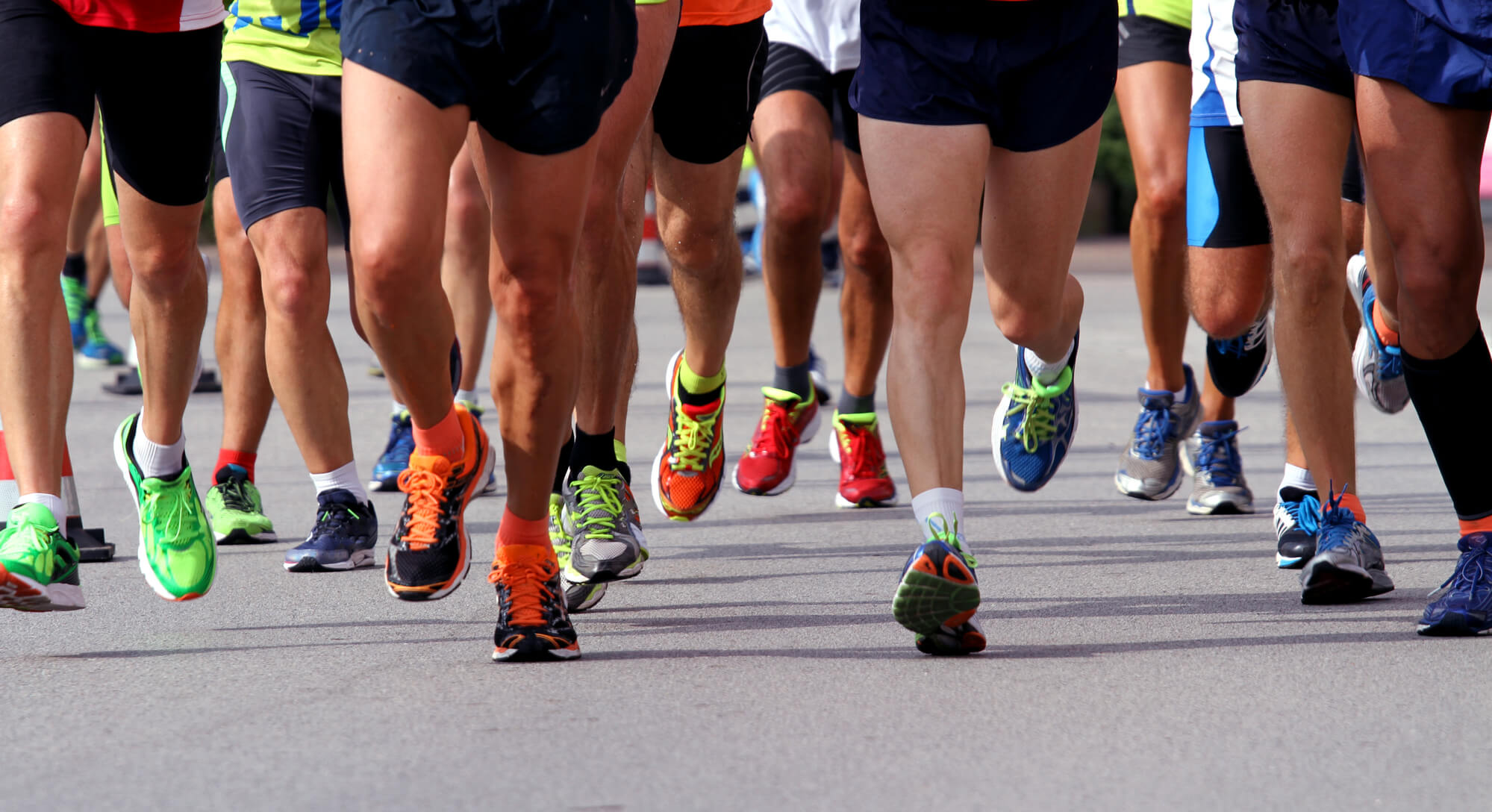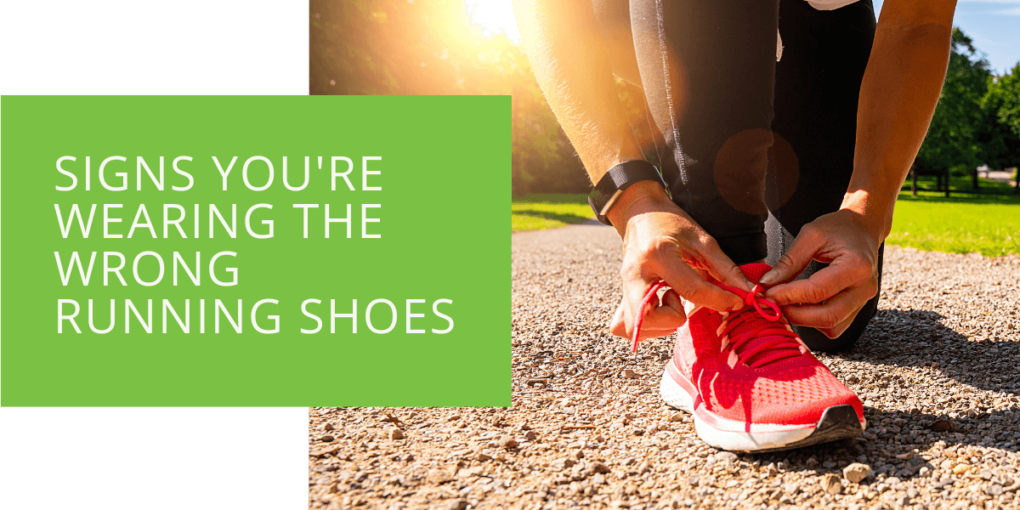10 Signs You’re Wearing the Wrong Running Shoes
As a runner, your shoes are one of the most important pieces of equipment you have. The right pair of shoes can help you run faster, farther, and with less discomfort, while the wrong pair can hold you back and even cause painful foot and ankle issues. With so many different types of running shoes on the market, knowing which one to choose can be overwhelming. In this article, we'll explore the top 10 signs that you're wearing the wrong running shoes and what you can do to correct the problem. Whether you're a beginner or an experienced runner, understanding the signs of ill-fitting shoes can help you decide when choosing the right running shoe.
1. Blisters
Blisters are common for runners, and various factors, including ill-fitting shoes, can cause them. When your shoes are too tight or loose, they can rub against your skin, causing friction and blisters. If you notice blisters on your feet after a run, it's a sign that your shoes aren't the right fit. Choose shoes that fit snugly but not too tightly to prevent blisters, and consider wearing socks that offer extra cushioning.
2. Calluses
Calluses are hardened areas of skin that form when there is repeated friction or pressure on a particular area. When your shoes don't fit properly, they can cause calluses to form on your feet, which can be painful and unsightly. If you notice calluses on your feet, it's a sign that your shoes aren't the right fit. Choose a pair of shoes that fit properly and provide enough cushioning to prevent calluses.
3. Toe Pain
Toe pain is another common issue for runners, and various factors, including ill-fitting shoes can cause it. When your shoes are too tight, they can put pressure on your toes, causing pain and discomfort. Choose shoes that provide enough room for your toes to move around to prevent toe pain, and consider wearing shoes with a wider toe box.

4. Arch Pain
Arch pain is a common issue for runners, and it can be caused by various factors, including the type of shoe you're wearing. When your shoes don't provide enough arch support, it can lead to arch pain and other issues. Choose a pair of shoes that offer the right level of arch support for your feet to prevent arch pain.
5. Heel Pain
Heel pain is another common issue for runners, and it can be caused by various factors, including the type of shoe you're wearing. When your shoes don't provide enough cushioning or support for your heels, it can lead to heel pain and other issues. To prevent heel pain, choose shoes that offer enough cushioning and support for your heels.
6. Numbness and Tingling
Various factors, including ill-fitting shoes, can cause numbness and tingling in the feet. When your shoes are too tight, they can put pressure on your feet, leading to numbness and tingling. To prevent this issue, choose a pair of shoes that fit properly and provide enough room for your feet to move around. You may also consider adding insoles or orthotics to provide extra cushioning and support.
7. Ankle Pain
Ankle pain is a common issue for runners, and it can be caused by various factors, including wearing the wrong type of shoe. When your shoes don't provide enough support for your ankles, it can lead to pain and discomfort. Choose shoes that provide the right level of ankle support for your foot type to prevent ankle pain.

8. Knee Pain
Knee pain is a common issue for runners, and it can be caused by various factors, including wearing the wrong type of shoe. When your shoes don't provide enough cushioning or support for your knees, it can lead to pain and discomfort. Choose shoes that offer enough cushioning and support for your knee to prevent knee pain.
9. Hip Pain
Hip pain is another common issue for runners, and it can be caused by various factors, including wearing the wrong type of shoe. When your shoes don't provide enough support for your hips, it can lead to pain and discomfort. Choose shoes that provide the right support for your hip to prevent hip pain.
10. Lower Back Pain
Lower back pain is a common issue for runners, and it can be caused by various factors, including wearing the wrong type of shoe. When your shoes don't provide enough cushioning or support for your lower back, it can lead to pain and discomfort. Choose shoes that offer enough cushioning and support for your lower back to prevent lower back pain.
Conclusion
Choosing the right running shoe prevents injuries and ensures a comfortable, successful workout. If you're experiencing any of the signs listed above, it indicates that your shoes aren't the right fit for you. Choose shoes that offer the right support, cushioning, and fit for your foot and ankle to prevent these issues. If you're unsure which type of shoe is best for you, consult a podiatrist for professional advice and recommendations. By choosing the right running shoe, you can help ensure a successful, injury-free workout.

